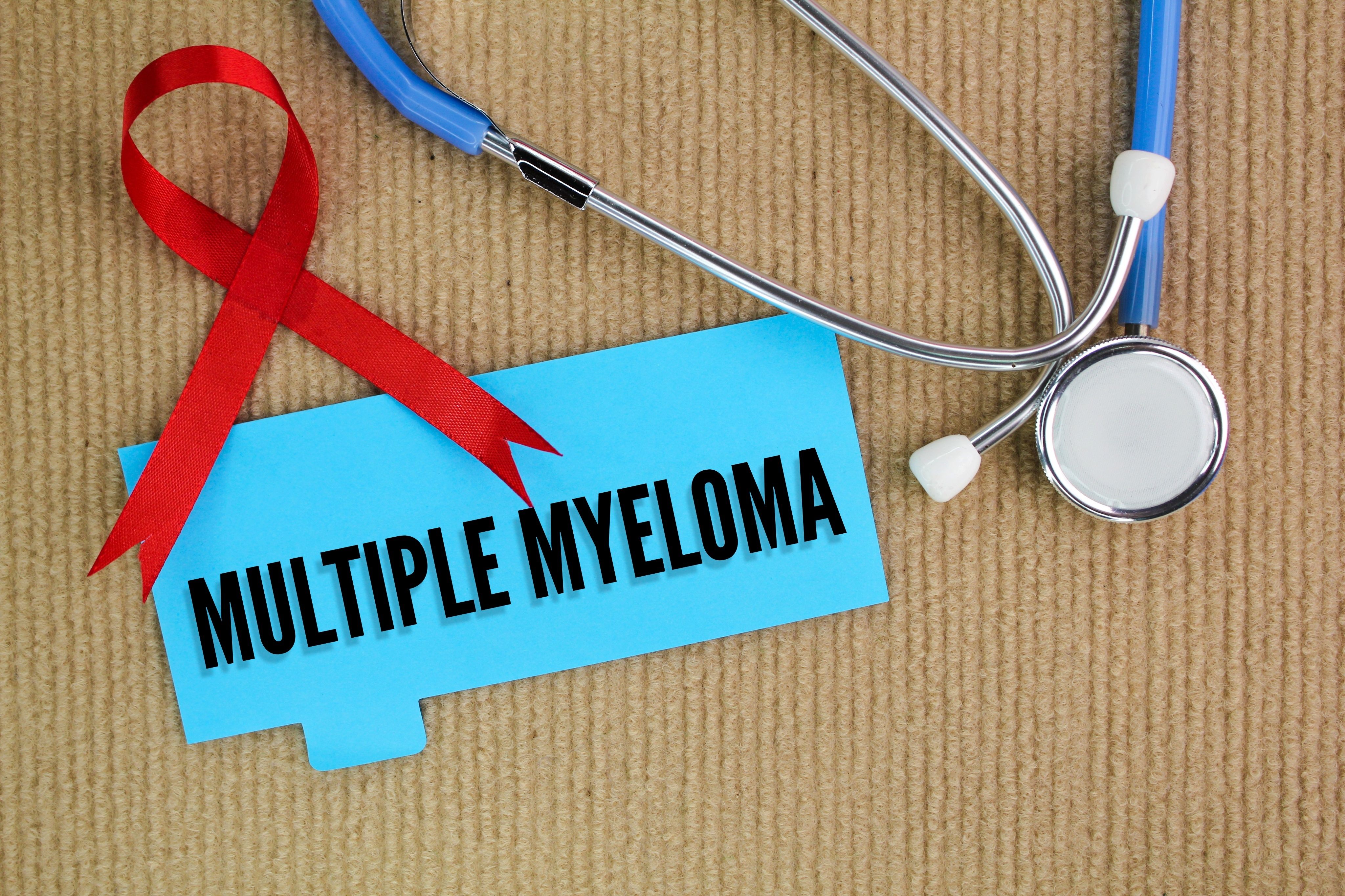News
Article
Venetoclax With 5-Azacytidine Effective in Treating Patients With Multiple Myeloma
Author(s):
Venetoclax, which is approved for leukemia, blocks a function of the BCL-2 protein and has previously shown efficacy in a small proportion of patients with multiple myeloma.
A recent study published in Haematologica found that venetoclax—a medication that is currently approved for leukemia—when used in combination with another drug, has shown efficacy in patients with multiple myeloma. The authors note that this finding is significant because patients with multiple myeloma are often resistant to standard care and the disease remains incurable, despite the progressions made in treatment options.1
Image credit: Fauzi | stock.adobe.com

Venetoclax, a drug that blocks the function of the protein BCL-2, was previously examined in patients with BCL-2 overexpressing multiple myeloma and it was determined to be effective in a small number of patients (approximately 20%) that were studied. A proportion of patients with multiple myeloma depend on the elimination of BCL-2 for prolonged survival.1,2
For this study, the investigators examined the safety and efficacy of venetoclax treatment in patients with multiple myeloma when used in combination with another drug. Using an unbiased screening approach and screened epigenetic modifiers to enhance patients’ sensitivity to venetoclax in 2 non-BCL-2 dependent multiple myeloma cell lines. The screenings determined that demethylase inhibitor 5-azacytidine was 1 of the lead hits, and it enhanced the killing of multiple myeloma cells in addition to confirming additional lines of cells.2
Additionally, BH3 profiling and immunoprecipitations were used by the investigators to identify that the potential mechanism of synergy is because of increased NOXA expression through an integrated stress response. The results also indicated that the knockdown of PMAIP1 or PKR had partially rescued cell death of the venetoclax and 5-azacytidine combination treatment. The authors note that the addition of a steroid to the venetoclax combination treatment did not enhance cell death; however, death of immune cells was enhanced, suggesting that a regimen without steroids would be more beneficial for patients with multiple myeloma.2
"This research is a significant step in identifying more effective treatment options for multiple myeloma. By combining venetoclax and 5-azacytidine we've seen enhanced efficacy across a wide range of patient samples. It shows the benefits of re-evaluating existing treatments in new contexts to expand their potential,” said Tríona Ní Chonghaile, associate professor and research lead, Department of Physiology and Medical Physics, in the press release.1
Further, 5-azacytidine had enhanced the patients’ responses to venetoclax ex vivo across both BCL-2 and MCL-1—or anti-apoptotic dependencies—and diverse cytogenetic backgrounds. These findings, the authors emphasize, indicate that the combination of venetoclax and 5-azacytidine are an effective treatment option for patients with multiple myeloma if not used in combination with steroids. In addition, they also note that the treatment regimen was effecive in patient samples from different stages of cancer, even if patients were previously treated with lines of chemotherapy. The investigators suggest further research is conducted to confirm these findings.1,2
"Discovering the potential of this new drug combination is a promising development. Our next goal is to test for efficacy and safety for multiple myeloma in a clinical trial setting to bring us closer to offering a new treatment strategy for patients," said Siobhán Glavey, chair, professor, RCSI Department of Pathology and clinician scientist, Beaumont RCSI Cancer Centre, in the press release.1





